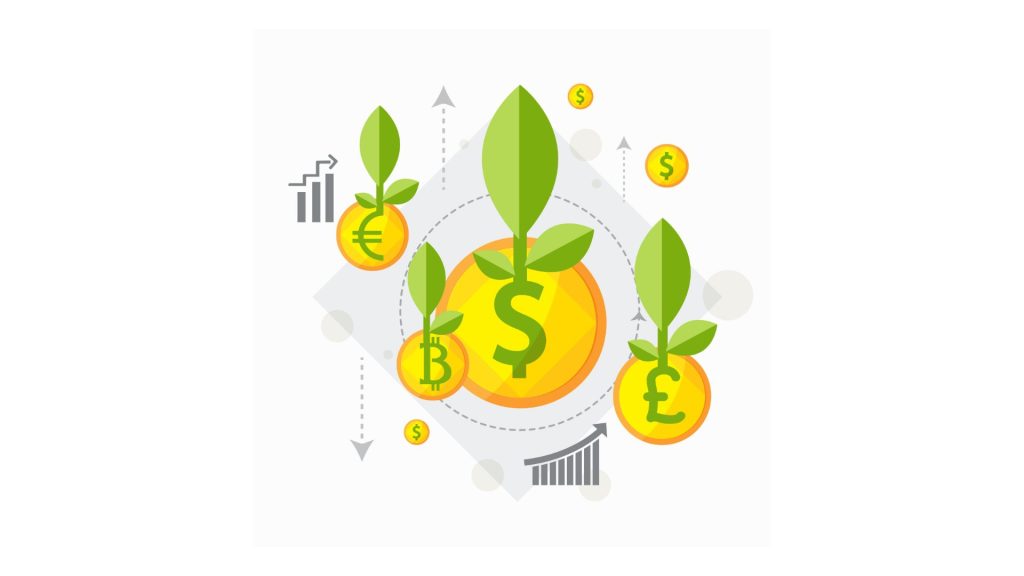Sustainable investing is becoming a more significant factor in the financial markets globally, according to a Phoenix Research study.
Investors are increasingly valuing companies’ ESG scores due to the potential for financial returns. Sustainable investing has surged with ESG-focused funds and assets under management, indicating a growing demand for ethical investment options from institutional and individual investors.
Several sectors are playing a key role in the sustainable investment landscape. Healthcare, clean technology, and renewable energy are some of the top sectors obtaining ESG funding. These sectors are recognized as crucial in addressing global issues such as public health and climate change. Additionally, businesses that exhibit strong ESG performance are known for their capacity to produce excellent financial outcomes, which spurs the expansion of sustainable investing, the study says.
Market trends:
Global and regional market trends are impacting sustainable investing in the financial markets. Among the many, two trends stand out.
- ESG is driving institutional investors towards investment strategies:
Institutional investors are increasingly integrating ESG considerations into their investment decisions to mitigate risks and safeguard their portfolios from potential losses. They are focusing on sustainability themes, such as climate change, diversity, equity, inclusion, clean energy, water and waste management, sustainable agriculture, forestry, biodiversity, nutrition, and smart cities, to promote sustainability goals on significant environmental and social issues.
- Europe is leading the ESG investment market:
The market for sustainable funds expanded gradually but steadily in 2023.
According to Phoenix Research, there are currently 7,485 sustainability-themed funds worldwide, up 7% from the year before. With 73% and 9% of the global market, respectively, Europe and the US hold the majority of these funds. Due mostly to the skyrocketing prices of stocks in the US and Europe, the total assets of sustainable funds in 2023 amounted to approximately $3 trillion.
With assets of roughly $2.5 trillion, Europe dominates the global market with 85%.
ESG funds and sustainability-focused strategies account for about EUR 7 trillion of Europe’s total assets. Therefore, most of Europe’s fund-based capital is impacted by the EU Taxonomy, SFDR, and MiFID II. This has affected a number of things such as capital flows and product launches, as well as the degree of transparency for end investors.
Compared to 16% in Europe, the US and Asia only account for 1% and 5% of total net assets, respectively. These areas will eventually catch up despite new rules, changing investment preferences, and climate change, the study states.
Growth drivers:
The ESG investing growth is influenced by law, supply, and demand. Investor demands drive the sector. Several factors have increased global interest in sustainable investing. These include financial performance (52%), climate science findings (53%), and inflation (56%).
Investors are increasingly interested in sustainable investing, prioritizing long-term investments over traditional ones, despite their perceived superior performance.
It is anticipated that current sustainable financing instruments like green and social bonds, and funding for renewable energy projects will continue to grow. The transition to a low-carbon global economy necessitates significant economic cooperation and innovation for the deployment of new technologies and business models, the research report says.
Competitive edge:
According to Phoenix Research, there are a number of businesses in the comparatively consolidated sustainable finance market. In order to increase their market share, many companies also participated in alliances and mergers and acquisitions during the study period. The market has room to grow during the forecast period, which should lead to more competition.
However, due to technological advancements and product innovation, mid-size to small businesses are expanding their market presence by securing new contracts and breaking into uncharted markets, making them major players in the global market. The companies are engaged in a number of strategic initiatives, including new product development, to gain a competitive edge over their competitors.












